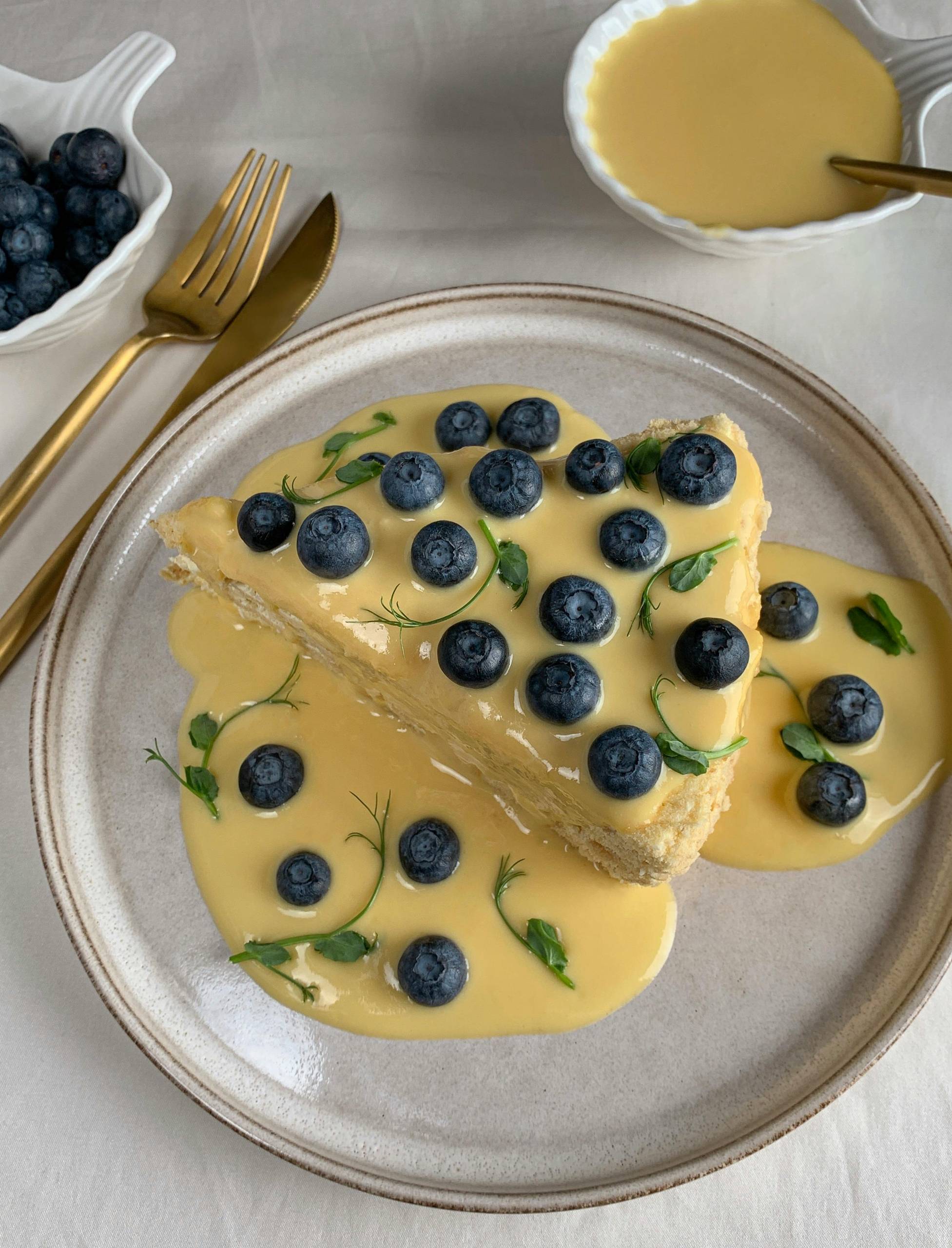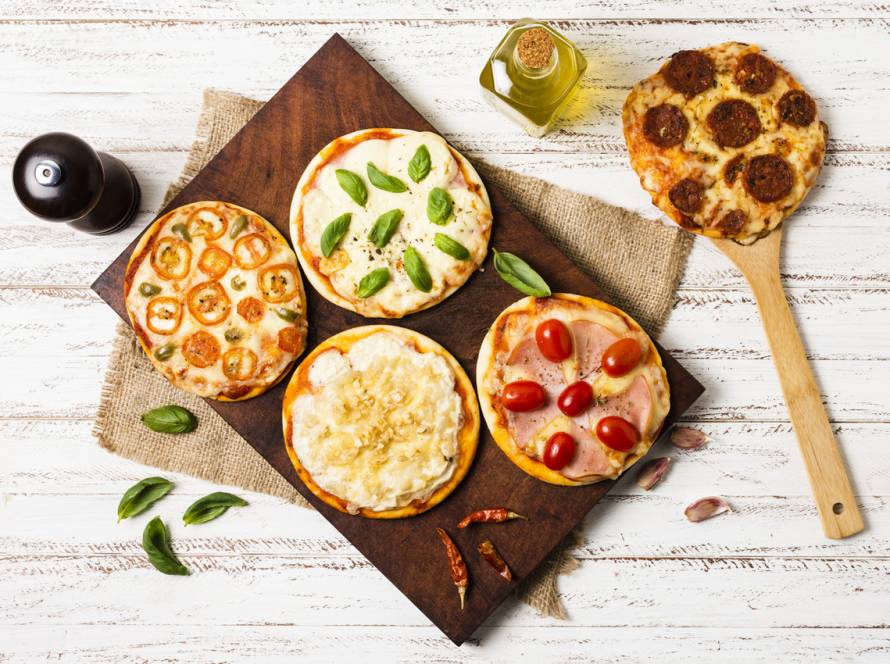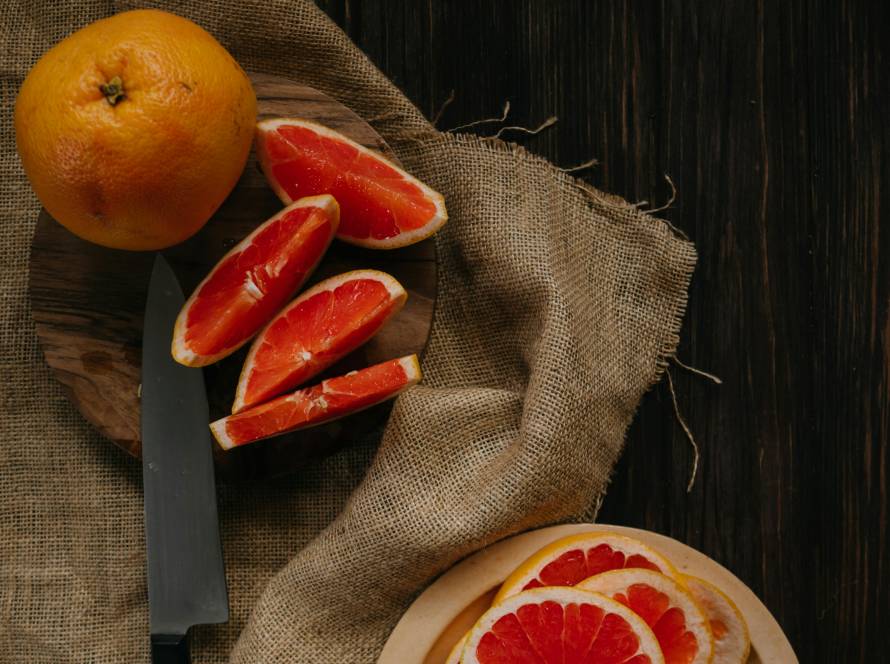A Beginner’s Guide to Understanding Celiac Disease
If you’ve recently started gluten-free baking or changed your diet due to health reasons, understanding celiac disease is crucial. This autoimmune disorder significantly impacts the foods you consume, how you prepare meals, and what ingredients you need to avoid. Whether you’re a home baker or just seeking gluten-free cooking inspiration, this celiac disease for beginners guide will help you navigate the essentials of living and baking without gluten.
What is Celiac Disease?
Celiac disease is an autoimmune condition where the body reacts negatively to gluten—a protein found in wheat, barley, and rye. When someone with celiac disease consumes gluten, it triggers an immune response that damages the small intestine lining. This damage can lead to malnutrition, digestive discomfort, and long-term health issues.
The only current celiac disease treatment is adopting a strict gluten-free diet. That’s why understanding how to master gluten-free baking is so important for anyone managing this condition—or supporting someone who is.
How is Celiac Disease Diagnosed?
Celiac disease is diagnosed through a combination of blood tests and an intestinal biopsy. Blood tests look for specific antibodies that are typically elevated in someone with the condition. If these tests suggest celiac disease, a gastroenterologist may recommend an endoscopy to confirm the diagnosis.
It’s essential not to eliminate gluten from your diet before testing, as this can affect your results. Always consult with a healthcare professional if you suspect you might have celiac disease.
Symptoms of Celiac Disease
Symptoms can vary widely and may include:
- Abdominal bloating and pain
- Chronic diarrhea or constipation
- Fatigue
- Weight loss
- Skin rashes (like dermatitis herpetiformis)
- Iron-deficiency anemia
Some people may have celiac disease without any noticeable digestive issues. This is called “silent” celiac disease and can still lead to long-term complications if undiagnosed.
Gluten-Free Baking Essentials
Once diagnosed, transitioning into gluten-free baking becomes a fun and empowering journey. A typical wheat flour cannot be used, but there are many alternatives that can still produce delicious baked goods.
Common Gluten-Free Flours
- Almond flour – adds moisture and a nutty flavor
- Coconut flour – highly absorbent, use in small amounts
- Rice flour – neutral and easy to blend with others
- Sorghum flour – mild flavor and great for bread
- Chickpea flour – high in protein and fiber
Binders for Structure
In traditional baking, gluten provides elasticity and structure. Use these common gluten-free binders instead:
- Xanthan gum
- Guar gum
- Chia seeds
- Flaxseed meal
Experiment with these ingredients to replicate the structure that gluten offers.
Essential Tips for Gluten-Free Baking
Here’s how to make your gluten-free baking experience more enjoyable and successful:
- Always check labels for hidden gluten in baking ingredients.
- Store gluten-free flours in airtight containers to maintain freshness.
- Use a kitchen scale for accuracy in measurements.
- Create flour blends for better taste and texture instead of using one type.
- Let your batter rest. Resting improves hydration and texture.
Gluten-Free Diet: The Only Treatment
Celiac disease diet currently has no cure — the only effective treatment is a strict, lifelong gluten-free diet. This means avoiding all sources of gluten, a protein found in wheat, barley, and rye. While this may seem limiting at first, the gluten-free food market has grown significantly, offering safe and delicious alternatives that support a healthy and fulfilling lifestyle. Adopting the diet not only alleviates symptoms but also helps prevent long-term damage to the small intestine.
Foods to Avoid
People with celiac disease must eliminate all foods that contain gluten. This includes:
- Wheat (including spelt, farro, durum, semolina)
- Barley (including malt and malt extract)
- Rye
- Triticale (a hybrid of wheat and rye)
- Bread, pasta, cereals, cakes, and baked goods made with wheat flour
- Many processed foods, sauces, soups, and dressings that may use gluten as a thickener or filler
It’s essential to read food labels carefully, as gluten can appear in unexpected products.
Safe Alternatives
Thankfully, there are many naturally gluten-free and safe products available, such as:
- Rice, quinoa, corn, buckwheat, and certified gluten-free oats
- Fresh fruits and vegetables
- Lean meats, poultry, and fish (unprocessed)
- Dairy products
- Gluten-free breads, pasta, and snacks made from almond flour, coconut flour, or rice flour
- Certified gluten-free packaged goods (always check the label)
Sticking to whole, minimally processed foods is a great way to maintain a safe diet.
Eating Out with Confidence
Dining out with celiac disease can be tricky but manageable with preparation. Here are tips for a safe experience:
- Choose restaurants with gluten-free menus or staff trained in food allergies.
- Call ahead to discuss dietary needs and ask about cross-contamination precautions.
- Clearly communicate your condition to the server.
- Avoid buffets or shared fryers where gluten contamination is likely.
- Stick to simple dishes like grilled meats, salads without croutons, and steamed vegetables.
With awareness and careful choices, you can enjoy dining out without sacrificing safety.
Cross-Contamination: What You Need to Know
For those with celiac disease, even a trace amount of gluten can trigger a reaction. Prevent cross-contamination by:
- Using separate cooking utensils, toasters, and cutting boards
- Thoroughly cleaning shared kitchen equipment
- Labeling gluten-free ingredients and storage containers
When cooking or baking for someone with celiac disease, these steps are essential.
Living a Celiac-Friendly Lifestyle
Adopting a gluten-free lifestyle is more than just changing your baking habits. Here are some everyday tips:
- Shop at grocery stores with clearly labeled gluten-free products
- Download a gluten-free scanner app to streamline grocery shopping
- Join a community of gluten-free bakers and home cooks for support and recipes
Staying Motivated on Your Journey
It’s normal to feel overwhelmed, but finding joy in trying new celiac-friendly recipes makes the process rewarding. Explore international cuisines with naturally gluten-free dishes and challenge yourself with baked goods like gluten-free bread, cookies, and even pizza dough.
Wheat-Free Cooking Beyond Baking
Celiac disease affects more than just your dessert menu. Everyday dishes like sauces, soups, and marinades may contain hidden gluten through thickeners or soy sauce. Embrace wheat-free cooking by incorporating naturally gluten-free grains like:
- Quinoa
- Millet
- Buckwheat
- Amaranth
- Teff
These grains are not only safe but also nutritious and versatile.
Helpful Resources and Support
Navigating celiac disease can be much easier with the right resources. We recommend visiting the Gluten Intolerance Group for up-to-date education, recipes, and support groups.
For more tips on choosing safe ingredients for your recipes, check out our article on Gluten-Free Bread Baking Guide | Simple Recipes.
Final Thoughts: Embrace the Journey
Understanding celiac disease is the first step to mastering gluten-free baking and living a healthier, happier life. While the transition may come with challenges, it opens up a world of new ingredients, creativity, and flavors to explore. Whether you’re a home baker or a parent on the lookout for safe recipes, embracing a gluten-free lifestyle is a rewarding experience filled with discovery and delicious rewards.



